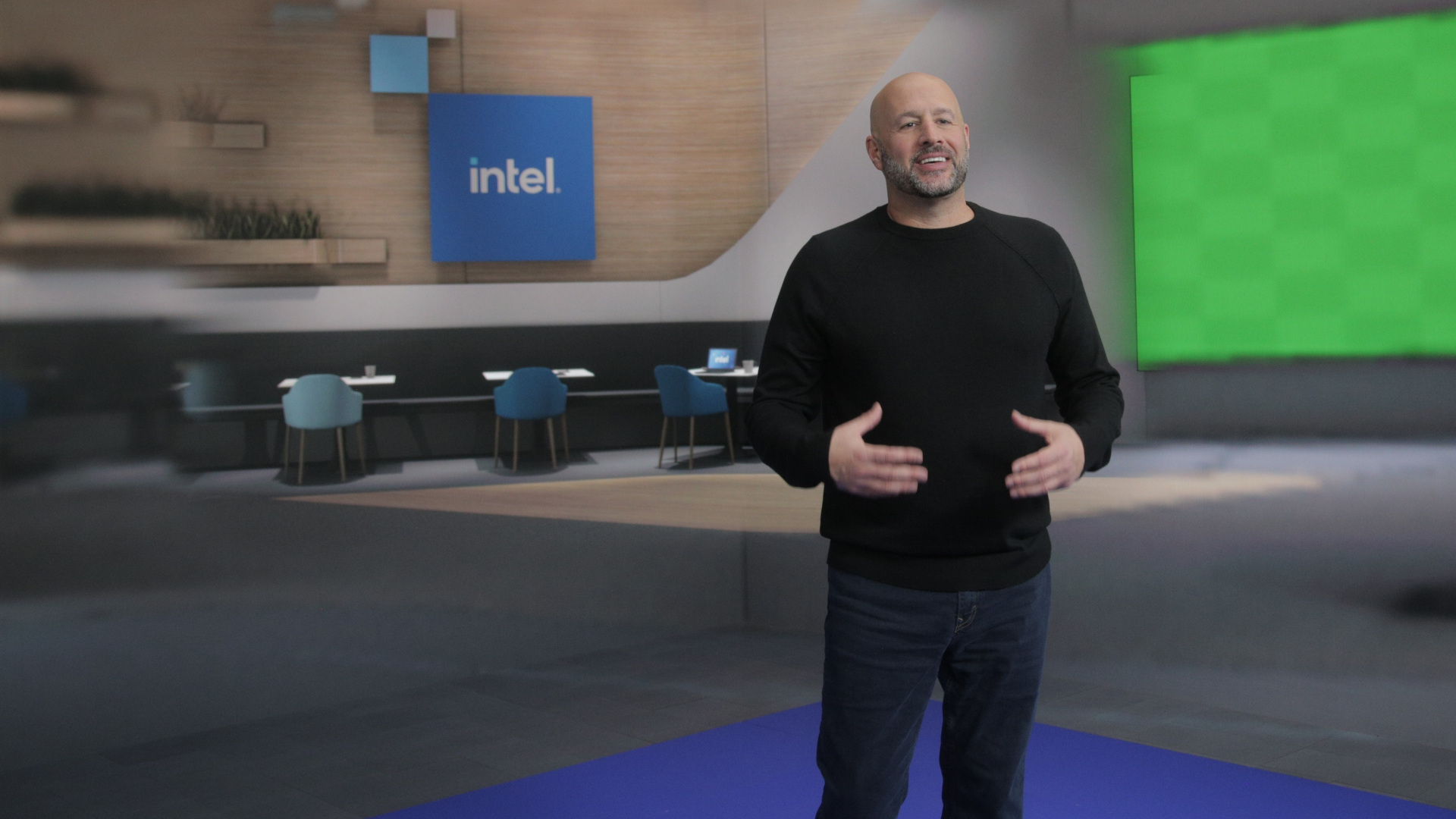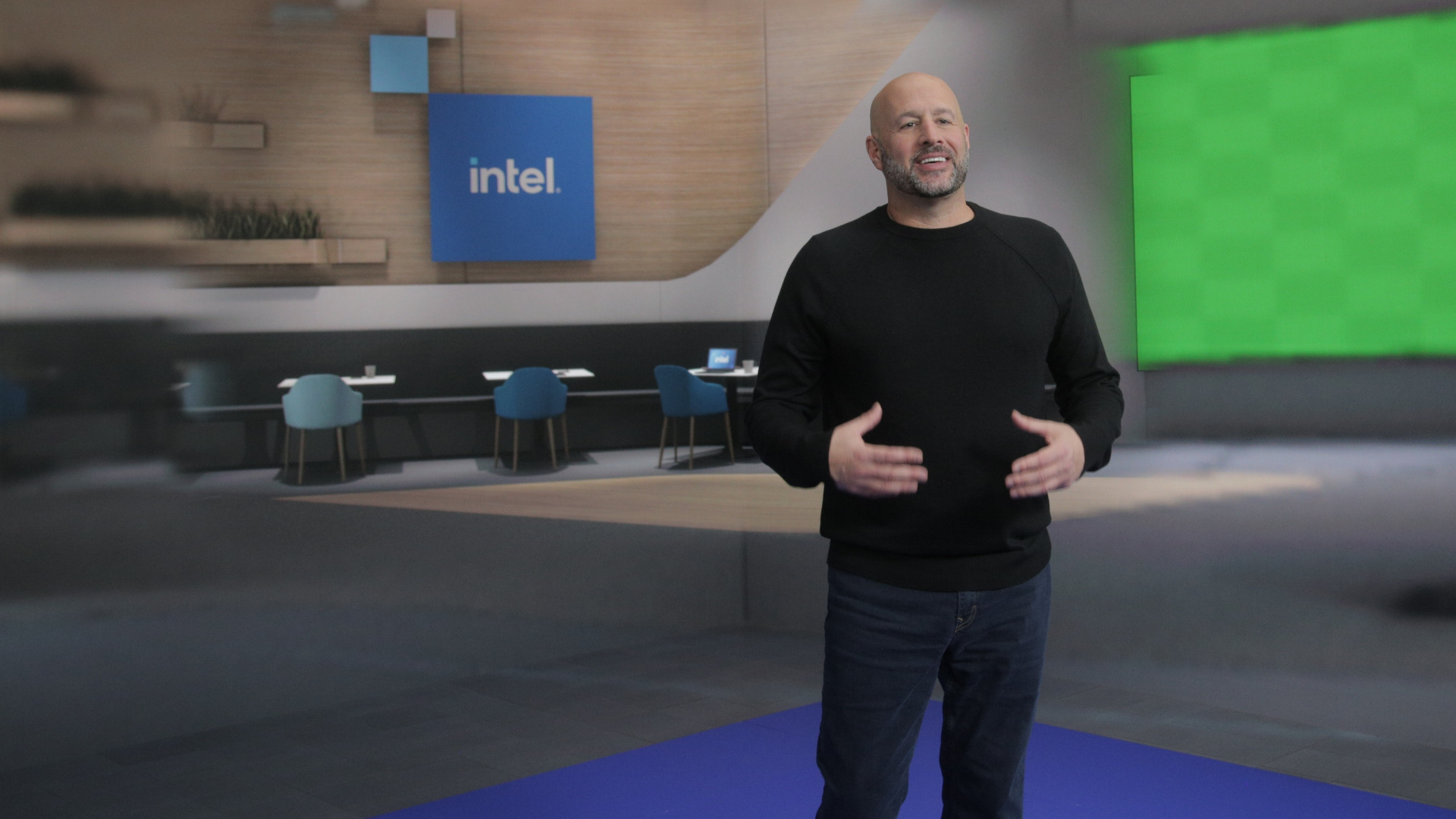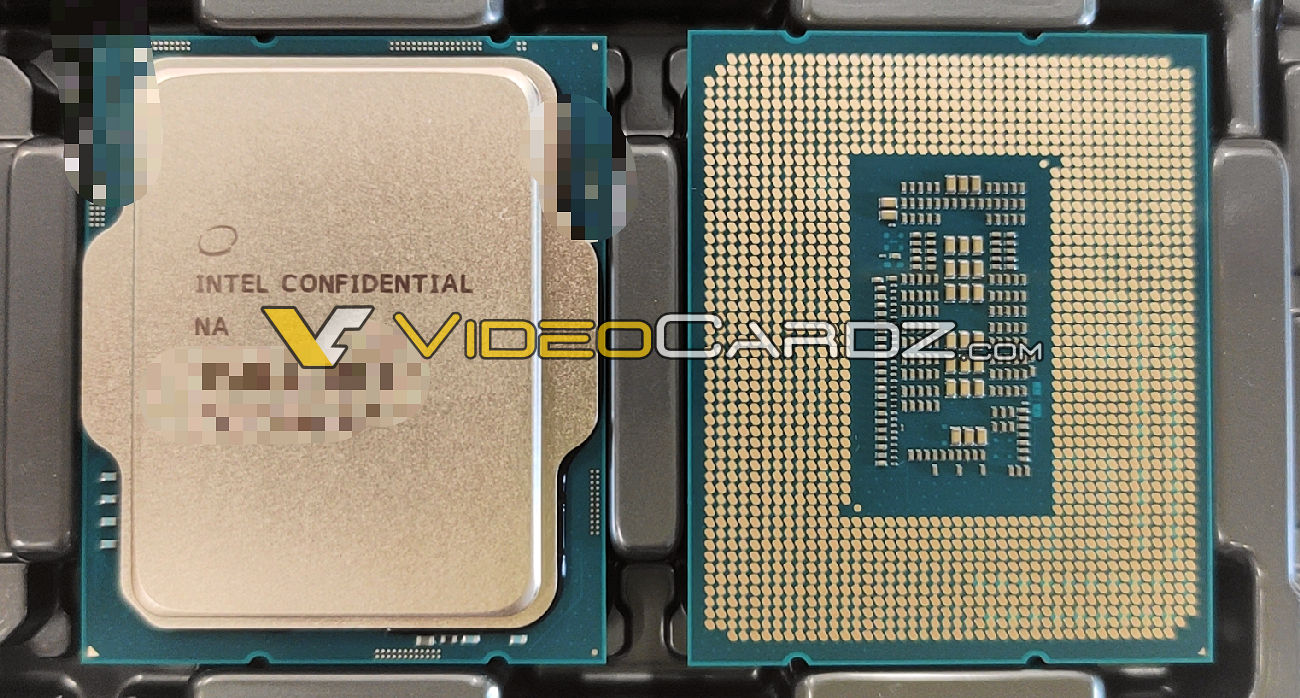
Intel Alder Lake is out, bringing with it Intel’s new move to big.LITTLE architecture. The shift is expected to bring better power efficiency to the chips while offering a better balance of performance thanks to the separation of performance and efficiency cores.
Originally pioneered by British semiconductor firm Arm, big.LITTLE architecture uses a mix of performance and efficiency cores to better manage power usage but also improve performance. It does this by scheduling lower-priority tasks onto the efficiency cores, while reserving performance core clock cycles for more intensive tasks like gaming or running resource intensive apps like video editing.,
Traditionally, big.LITTLE design is seen more in mobile devices like phones or tablets that have a much greater need for efficiency over high-performance processing.
This hybrid architecture is becoming more popular in mainstream computers, though, thanks in large part to the Apple M1chip and especially now with the success of the new Apple M1 Pro and Apple M1 Max chips serving as a major proof-of-concept for the architecture on mainstream computers.
Intel’s move to the new architecture then is landing with a splash with the 12th-generation Intel Alder Lake chips. Our review of the new processors is forthcoming, so stay tuned for more updates as we put the new chips through their paces.
Cut to the Chase
- What is it: Intel’s 12th-generation processor series for both desktop and mobile
- When is it out: Intel Alder Lake desktop processors are available now, with mobile processors expected early 2022.
- How much will it cost? Starting at $289 for the Core i5-12600K

Intel Alder Lake release date
The first Intel Alder Lake desktop processors were released on November 4, including the Intel Core i9-12900K and Core i5-12600K processors. We’re expecting Intel Alder Lake-P processors, which are the mobile variants used in laptops, to be launched sometime in early 2022.
Intel Alder Lake specs
The first thing to know about Intel Alder Lake’s specs is how the new architecture will divide itself between efficiency and performance cores. Gracemont is the name Intel has given to the efficiency cores in Alder Lake and these are designed to manage background tasks and certain system functions like managing the computer’s power when in Sleep Mode, waking from sleep, handling log-ins, and similar menial tasks.
Golden Cove cores are the ones Intel plans on using to perform more demanding tasks like gaming, video processing, and the like. If a major piece of software of your computer is currently in focus – even Google Chrome – chances are they will be running on Golden Cove cores while other, lower-priority apps and tasks get pushed off onto the Gracemont cores, freeing up resources for the more demanding, immediate task at hand.
In this way, this arrangement is sure to benefit even desktop PC users who – whether they realize it or not – continuously dedicate precious clock cycles on their high-end Core i9 and Ryzen 9 processors for things like updating the system clock and polling connected peripheral devices like printers even while they are playing the latest and best PC games.
We also know that Alder Lake will bring together the three processor tracks for desktop, laptop, and low-powered mobile devices under a single 12th-generation processor platform, with Alder Lake-S being the desktop designation, Alder Lake-P being the laptop processors, and Alder Lake-M heading to mobile devices.
One benchmark that was turned up online a few months back indicated that Alder Lake-P could feature 14 cores and 20 threads, which would be a bit unorthodox as far as core counts have gone up until recently. Usually, cores come in powers of two, so two cores/four threads, four cores/eight threads, eight cores, etc.
But big.LITTLE architecture allows for some interesting mixes, with the Alder Lake-P chip possibly having six Golden Cove cores with 12 threads alongside eight Gracemont cores with eight threads. Other permutations are also possible, so until we see something specific from Intel, it’s anyone’s guess.

Intel Alder Lake performance
As far as the performance of those cores go, it’s also a bit hard to tell. Early benchmark leaks were a bit muddled since the benchmarking tools weren’t designed for big.LITTLE architecture, so they might have had trouble properly measuring the new processors’ performance.
Still, these benchmarks appear to have clocked one of Alder Lake’s cores running at a base frequency of 2.2GHz, which is too low for it to have been a Golden Cove core. It’s much more likely that this was the base frequency for one of the Gracemont cores, which is pretty fast for an efficiency core. In fact, the overall performance of the benchmark indicated that the Alder Lake chip being tested was outperforming a ninth-gen Core i9-9900k in single core performance and absolutely blowing it away in multicore performance.
There’s also been some speculation that the Gracemont cores could have a similar level of performance to Intel’s sixth-gen Skylake processors, released back in 2015. While these might be old by today’s standard, these would be much more powerful than the kind of efficiency cores most of us were expecting.
Whether these results hold up in our own testing remains to be seen, but early performance reviews seem to indicate that these were fairly accurate.
- Empty list




